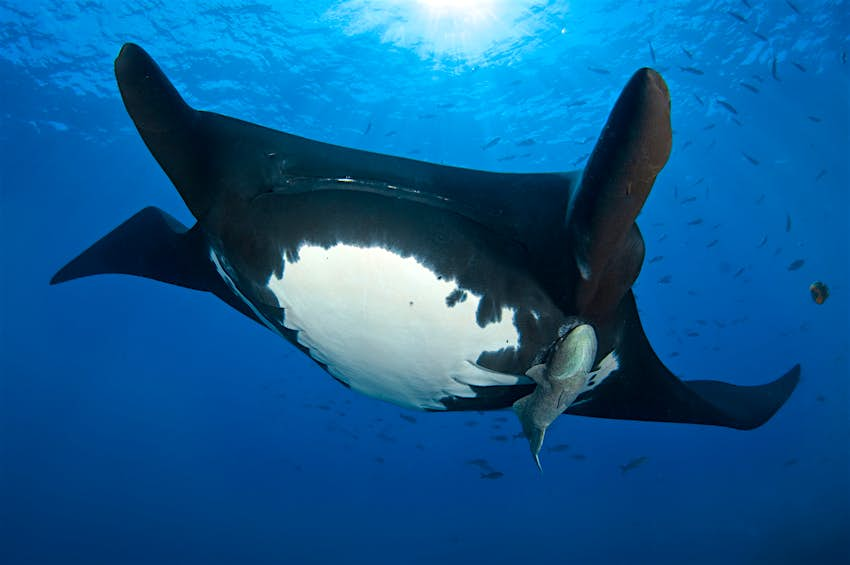Monitoring Desk
Brand new data released by the International Union for Conservation of Nature (IUCN) has shown that an additional 31 animal species have become extinct, with an extremely worrying trend outlined for fresh water dolphins, as well as a number of species of sharks and rays.
There are now 128,918 species on the IUCN Red List, of which 35,765 are threatened with extinction. The new assessments show more than 316 chondrichthyan species – which includes sharks, rays, skates and chimaeras – are now at risk of disappearing. With the tucuxi (Sotalia fluviatilis) moving from the Data Deficient to the Endangered category, all of the world’s fresh water dolphins are now at severe risk.
The Red List updates include over 420 assessments of shark and ray species, of which 154 species are classified as threatened or at risk of extinction in the wild. Among them are four hammerhead shark species (Sphyrna family) and four species of angel shark (Squatina family) that are endangered or critically endangered, making them some of the most threatened shark families, while the giant manta ray (Mobula birostris) is now facing a very high risk of extinction. Since the last global Red List update for sharks and rays was conducted in 2014, they are fast becoming one of the most threatened groups of vertebrates on the planet.

“These findings are sadly predictable. As IUCN’s Shark Specialist Group continues to pull the curtain back on the state of sharks and rays, the crisis should be triggering alarm bells for anyone who cares about the health of our ocean. Twenty years have passed since the international community recognised the threat of overfishing through the International Plan of Action for Sharks. Yet, obviously, not nearly enough has been done to halt the overfishing that is pushing these animals to the brink of extinction,” said Dr. Andy Cornish, leader of Sharks: Restoring the Balance, WWF’s Global Shark and Ray Conservation Programme.
The lost shark(Carcharhinus obsoletus), which wasonly formally described last year,enters the Red List as critically endangered (possibly extinct), with the species last recorded in 1934. Its habitat in the South China Sea has been extensively fished for more than a century and remains one of the most overexploited marine regions in the world. All 17 freshwater fish species endemic to Lake Lanao and its outlet in the Philippines are now extinct or critically endangered(possibly extinct), with the extinctions being caused by predatory introduced species, worsened by overharvesting and destructive fishing methods.

Three Central Americanfrog species have been newly declared extinct also, with an additional 22 frog species across Central and South America being listed as critically endangered (possibly extinct). The main cause of the drastic declines is chytridiomycosis disease. According to IUCN, conservation efforts to protect critical habitats are helping populations of several other amphibian species to recover. Among them is the Oaxaca Treefrog (Sarcohyla celata), which moved from critically endangered to near threatened thanks to actions by local communities in Mexico.

There is a silver lining however, with the report showing positive developments for some animals (including the European bison [Bison bonasus], which has grown from around 1800 in 2003 to over 6200 in 2019, justifying the move from vulnerable to near threatened) thanks to conservation efforts.
“The European bison and twenty-five other species recoveries documented in today’s IUCN Red List update demonstrate the power of conservation,” said Dr Bruno Oberle, IUCN director general. “Yet the growing list of extinct species is a stark reminder that conservation efforts must urgently expand. To tackle global threats such as unsustainable fisheries, land clearing for agriculture, and invasive species, conservation needs to happen around the world and be incorporated into all sectors of the economy.”
The data also revealed that that 45% (637 of 1464 species) of protea plants that grow mainly across the Southern Hemisphere are vulnerable, endangered or critically endangered, while almost one third of oak trees (31%, 113 of 430 species) are threatened with extinction.
Courtesy: Lonely Planet






